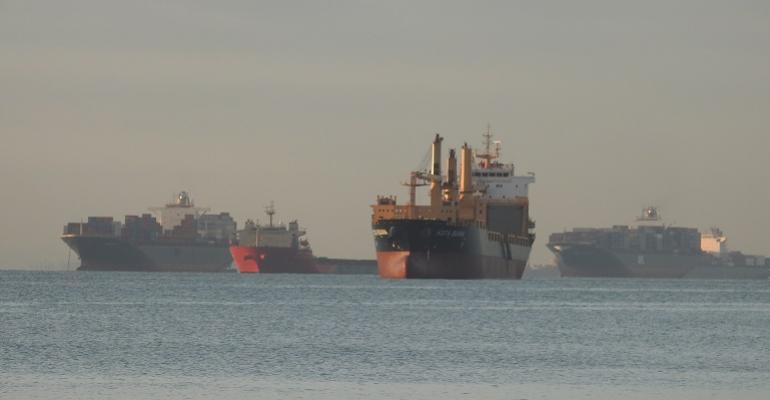The analysis, entitled Energy Transition in Shipping – Facts and Timeline, concludes therefore that most ships in shipping’s principal markets must adopt operational and technical measures as the most viable route to emissions abatement over the next three to five years.
Funded by the Oslo Maritime Foundation and Oslo Shipowners’ Association, the study also reveals that ships in the three categories of more than 5,000dwt account for about 80% of greenhouse gas emitted by the world fleet of around 94,000 vessels. About a fifth of this fleet consumes almost two thirds of all fuel used in shipping, the analysis noted.
Many ship operators contemplating engine power limitation as a compliance strategy to meet imminent IMO regulations due from next January will appreciate the conclusion that slowing ship speed “is the most powerful way to cut emissions”. The analysis, carried out by Svein Helge Guldteig of Ocean Consulting AS, estimates that a 10% speed reduction for a typical merchant vessel can typically cut emissions by 27%. A 20% reduction from 15 to 12 knots, meanwhile, could cut fuel burn by 50%.
Drop-in biofuels or e-fuels offers another operational measure, the report says. Modification and optimisation of hull and propulsion systems, energy saving devices, and retuning the main engine for lower load optimisation are other possible strategies. Meanwhile, digitalisation can play an important role in support operational measures and achieving savings from optimisation that were not possible only a few years ago.
Investment risk and access to competent seafarers are two further issues highlighted in the report. “Investing in newbuilds with technology based on scarce alternative fuels carries a huge commercial and technological risk,” Guldteig wrote, “even with multi-fuel engines now becoming available.” On human resources, the report notes that access to competent personnel to operate vessels with more advanced control systems is likely to prove another challenge. “Such skillsets will be in demand and will take time to develop.”
Limited shipyard capacity – both in new construction and repair/conversion – are likely to prove significant constraints over the period. “The scare availability of alternative fuels and most likely limited shipyard capacity will limit the readiness to adapt quickly for the large vessel shipping segment,” the report said.
Copyright © 2024. All rights reserved. Seatrade, a trading name of Informa Markets (UK) Limited.
Add Seatrade Maritime News to your Google News feed.  |

